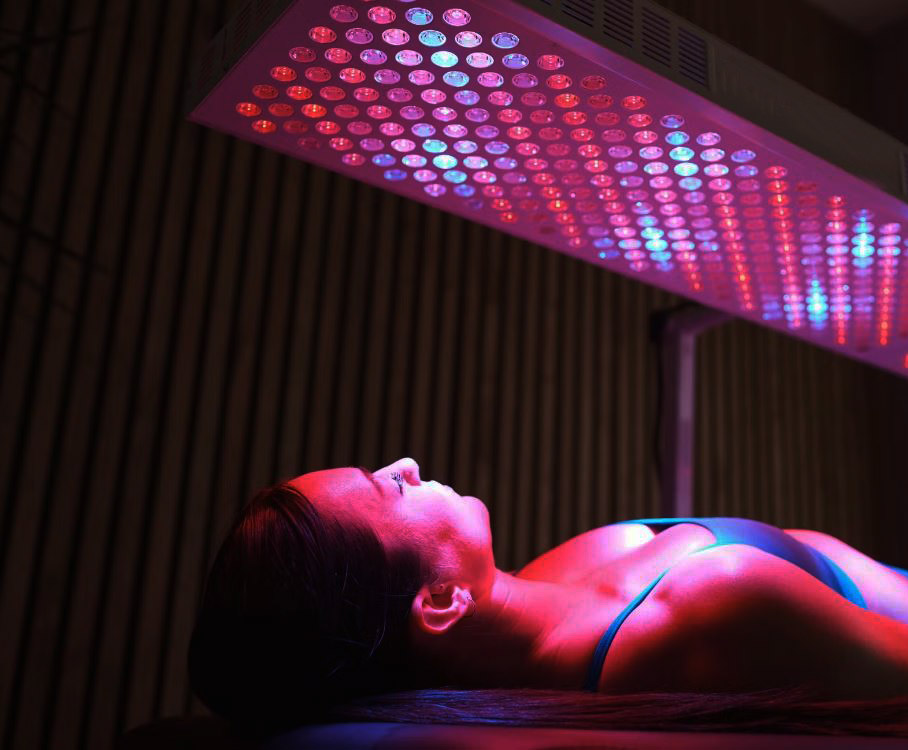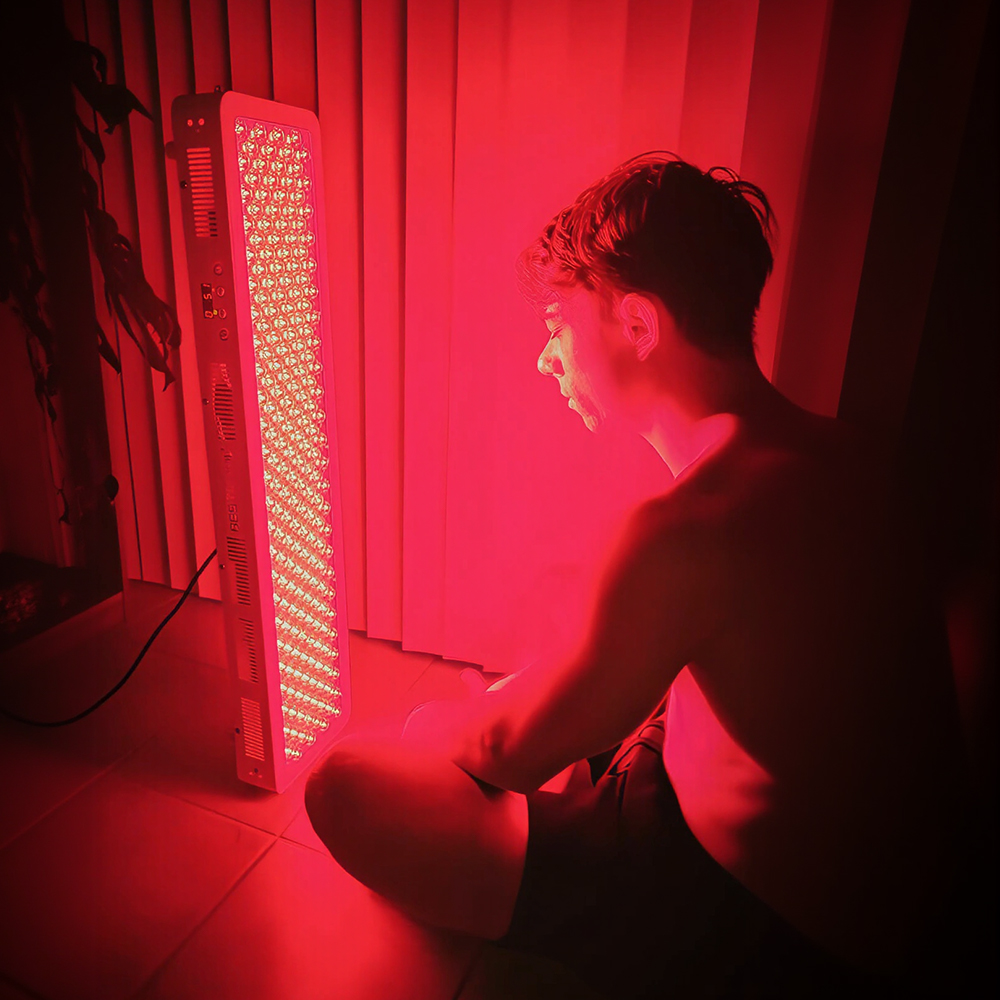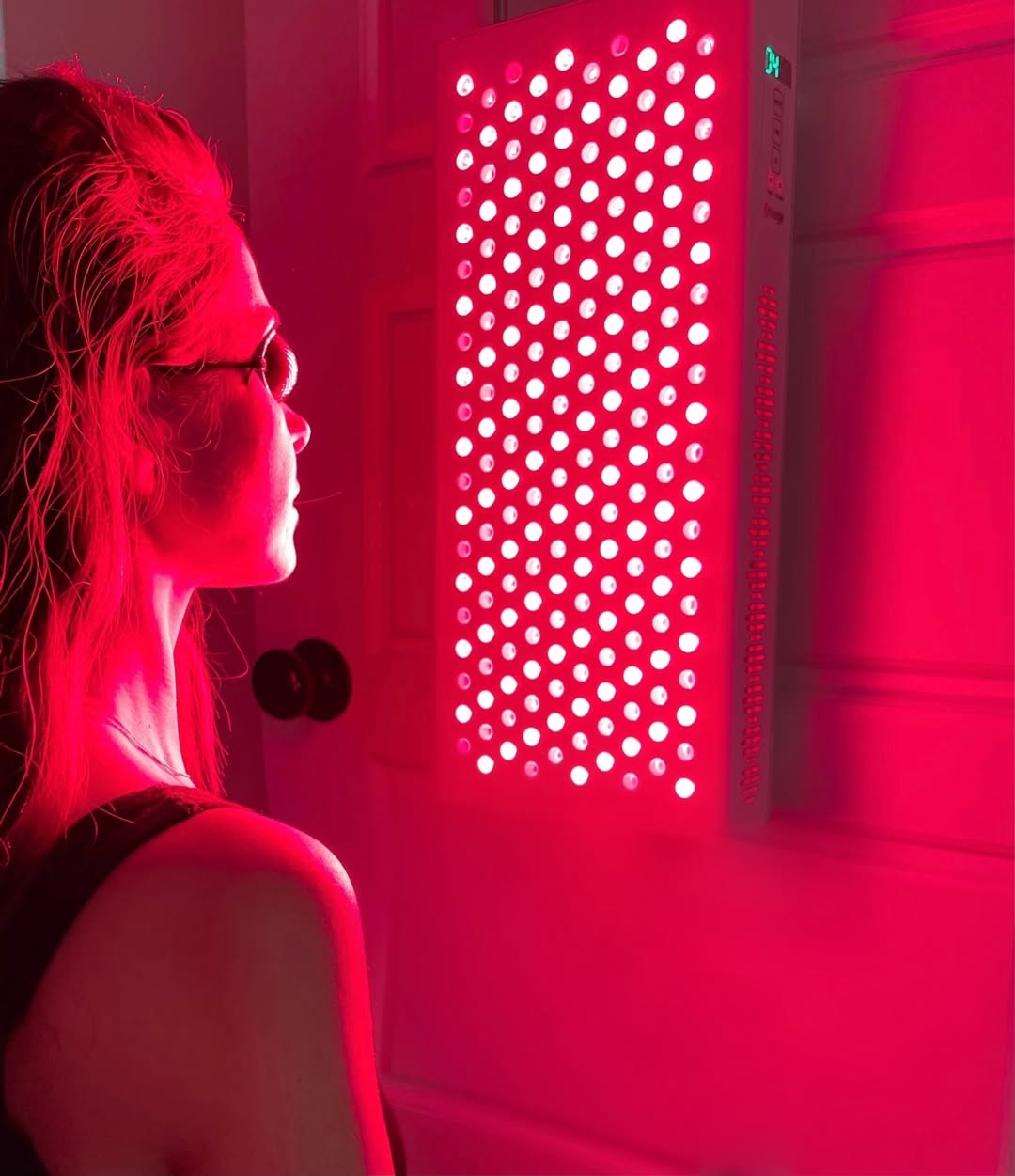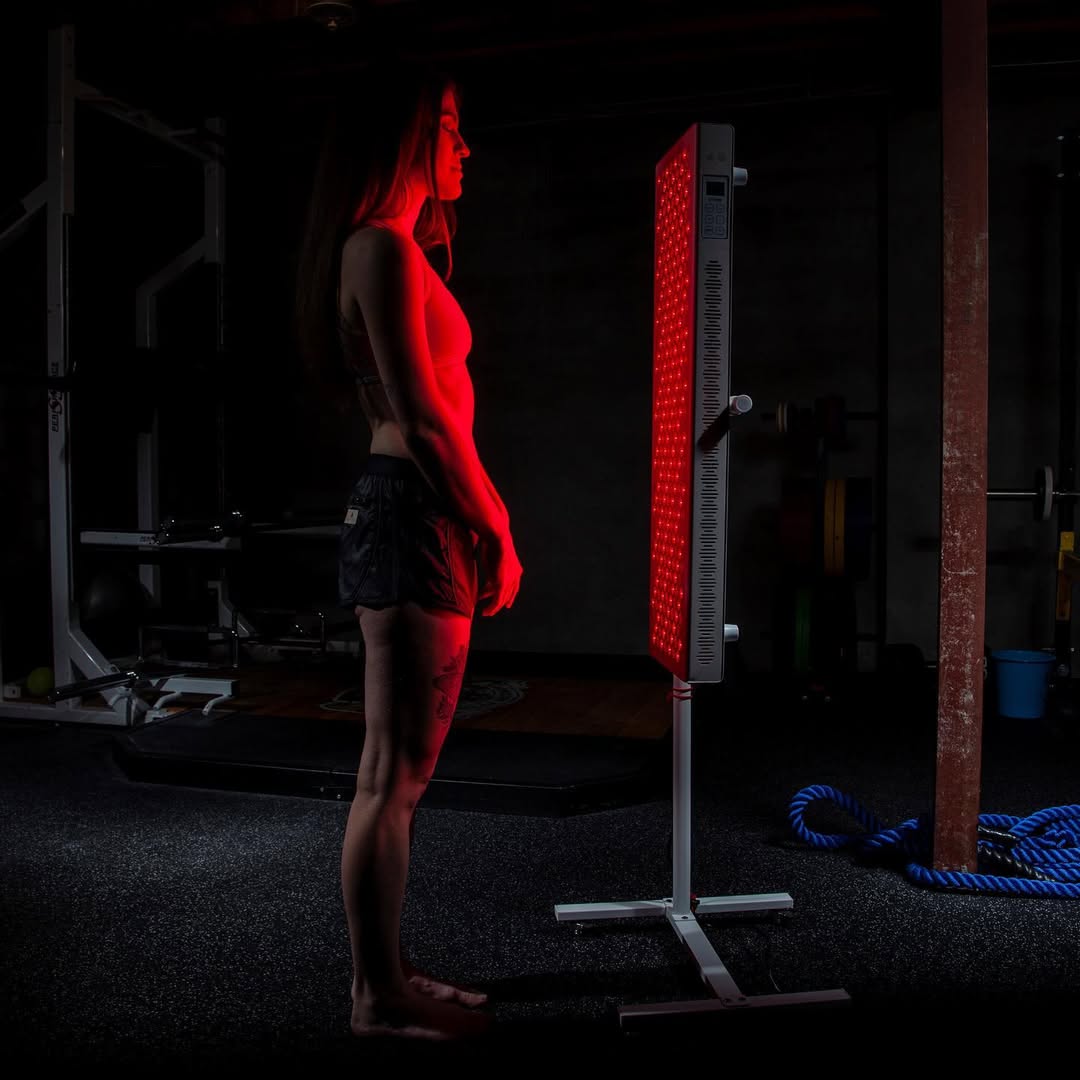![]() Free Shipping
Free Shipping ![]() Buy Now, Pay Later
Buy Now, Pay Later ![]() Eligible
Eligible
Red Light Therapy for Telogen Effluvium: A Comprehensive Guide to Hair Regrowth

Hair loss is a distressing condition that affects millions of people worldwide. Among the various types of hair loss, telogen effluvium (TE) is one of the most common—and fortunately, often temporary. Characterized by excessive shedding due to disrupted hair growth cycles, TE can be triggered by stress, illness, hormonal changes, or nutritional deficiencies.
While many treatments exist—from topical minoxidil to dietary supplements—red light therapy (RLT) has emerged as a promising, non-invasive solution. But does it really work for telogen effluvium? In this 3,000-word guide, we’ll explore:
- What telogen effluvium is and its causes
- The science behind red light therapy
- Clinical evidence supporting RLT for hair regrowth
- How to use red light therapy effectively
- Real-life success stories and expert opinions
By the end, you’ll have a clear understanding of whether red light therapy could be the key to restoring your hair—and confidence.
Chapter 1: Understanding Telogen Effluvium
What Is Telogen Effluvium?
Telogen effluvium is a form of temporary hair loss where an abnormal number of hair follicles enter the telogen (resting) phase prematurely. Normally, about 10-15% of hair is in the telogen phase at any given time, but in TE, this percentage increases, leading to noticeable shedding.
Common Causes of Telogen Effluvium
- Physical Stress:
- Surgery, illness, or severe infections (like COVID-19)
- Rapid weight loss or crash dieting
- Emotional Stress:
- Chronic anxiety, grief, or trauma
- Hormonal Changes:
- Postpartum hair loss (common after childbirth)
- Thyroid disorders (hypothyroidism or hyperthyroidism)
- Nutritional Deficiencies:
- Iron deficiency (ferritin levels below 50 ng/mL)
- Low vitamin D, zinc, or B vitamins
- Medications & Medical Treatments:
- Chemotherapy, antidepressants, or blood pressure medications
How Long Does Telogen Effluvium Last?
- Acute TE: Lasts 3-6 months, with hair regrowth occurring naturally once the trigger is resolved.
- Chronic TE: Shedding persists beyond 6 months, often due to ongoing stressors.
While TE often resolves on its own, many seek treatments to speed up recovery—and that’s where red light therapy comes in.
Chapter 2: What Is Red Light Therapy?
The Science Behind RLT
Red light therapy (RLT), also known as low-level laser therapy (LLLT), uses specific wavelengths of red and near-infrared light (630-850 nm) to stimulate cellular activity.
How It Works for Hair Growth:
- Boosts ATP Production: Light energy is absorbed by mitochondria, increasing adenosine triphosphate (ATP), the energy currency of cells.
- Enhances Blood Flow: Promotes vasodilation, improving nutrient and oxygen delivery to hair follicles.
- Reduces Inflammation: Helps calm scalp inflammation, a contributor to hair loss.
- Extends Anagen Phase: Encourages hair follicles to stay in the growth phase longer.
Is Red Light Therapy FDA-Approved for Hair Loss?
Yes! The FDA has cleared several RLT devices for treating androgenetic alopecia (pattern baldness). While TE isn’t the primary focus, studies suggest similar benefits due to its follicle-stimulating effects.
VELLGUS Elite V2
THE #1 RATED RED LIGHT DEVICE
VELLGUS pro V2
THE #1 RATED FULL BODY RED LIGHT DEVICE
Chapter 3: Clinical Evidence on RLT for Telogen Effluvium
Key Studies Supporting RLT for Hair Regrowth
- 2014 Study (Lasers in Medical Science)
- Participants with hair loss received LLLT treatments for 24 weeks.
- Results: 39% increase in hair density compared to placebo.
- 2019 Meta-Analysis (Journal of Cosmetic and Laser Therapy)
- Reviewed 11 studies on RLT for hair loss.
- Conclusion: Significant improvement in hair count and thickness.
- 2021 Study (Dermatologic Surgery)
- Focused on women with TE using at-home RLT devices.
- Findings: Reduced shedding and improved regrowth in 12 weeks.
Why RLT Works for Telogen Effluvium
- Shortens Telogen Phase: Helps “wake up” dormant follicles.
- Strengthens Existing Hair: Thickens miniaturized hairs.
- Safe & Non-Invasive: No side effects like medications (e.g., minoxidil irritation).
Chapter 4: How to Use Red Light Therapy for TE
Choosing the Right Device
- At-Home Helmets/Caps (e.g., iRestore, Capillus)
- FDA-cleared, convenient, but expensive (300−300−1,500).
- Recommended: 3-4 sessions per week, 10-30 mins each.
- Handheld Devices (e.g., HairMax LaserComb)
- More affordable, but requires manual use.
- Professional In-Office Treatments
- Stronger lasers, but costly per session.
Best Practices for Optimal Results
✔ Consistency is Key: Use 3-5 times per week for at least 3-6 months.
✔ Positioning Matters: Keep the light close to the scalp (1-2 inches away).
✔ Combine with Other Therapies:
- Nutrition: Iron, vitamin D, biotin.
- Topicals: Minoxidil (if needed).
- Scalp Massage: Improves blood flow.
When to Expect Results
- 1-3 Months: Reduced shedding.
- 3-6 Months: Visible regrowth (baby hairs).
- 6+ Months: Fuller, thicker hair.
Chapter 5: Real-Life Success Stories
Case Study 1: Postpartum Hair Loss Recovery
- Patient: 32-year-old female, severe shedding after childbirth.
- Treatment: Used an at-home RLT helmet 3x/week + iron supplements.
- Results: After 4 months, shedding reduced by 70%, with noticeable regrowth.
Case Study 2: Stress-Induced TE
- Patient: 40-year-old male, hair loss due to chronic work stress.
- Treatment: Professional RLT sessions 2x/week + stress management.
- Results: 50% improvement in hair density in 5 months.
Chapter 6: Potential Drawbacks & Considerations
Limitations of RLT
- Not a Miracle Cure: Works best when combined with addressing root causes (e.g., stress, nutrition).
- Cost: High-quality devices require investment.
- Time Commitment: Requires consistent, long-term use.
Who Should Avoid RLT?
- People with active scalp infections or skin cancer history (consult a dermatologist first).
Conclusion: Is Red Light Therapy Worth It for TE?
Yes! Red light therapy is a safe, science-backed option for speeding up recovery from telogen effluvium. While it’s not an overnight fix, consistent use can:
✅ Reduce hair shedding
✅ Stimulate new growth
✅ Improve hair thickness
If you’re struggling with TE, RLT—combined with proper nutrition and stress management—could be your path to healthier, fuller hair.
Final Action Steps:
- Consult a dermatologist to confirm TE diagnosis.
- Choose an FDA-cleared RLT device based on budget.
- Stay consistent for at least 3-6 months.
Your hair recovery journey starts today—shine a light on new growth!








